
John Herbert Dillinger was an American gangster during the Great Depression. He led the Dillinger Gang, which was accused of robbing 24 banks and four police stations. Dillinger was imprisoned several times and escaped twice. He was charged with but not convicted of the murder of an East Chicago, Indiana, police officer, who shot Dillinger in his bullet-proof vest during a shootout; it was the only time Dillinger was charged with homicide.
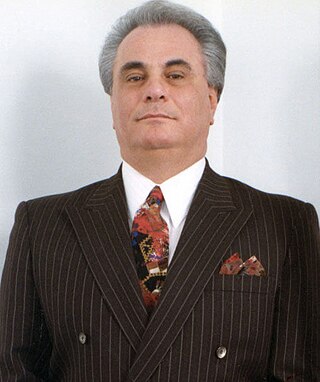
John Joseph Gotti Jr. was an American gangster and boss of the Gambino crime family in New York City. He ordered and helped to orchestrate the murder of Gambino boss Paul Castellano in December 1985 and took over the family shortly thereafter, becoming boss of what was described as America's most powerful crime syndicate.

Bank robbery is the criminal act of stealing from a bank, specifically while bank employees and customers are subjected to force, violence, or a threat of violence. This refers to robbery of a bank branch or teller, as opposed to other bank-owned property, such as a train, armored car, or (historically) stagecoach. It is a federal crime in the United States.

Lester Joseph Gillis, also known as George Nelson and Baby Face Nelson, was an American bank robber who became a criminal partner of John Dillinger, when he helped Dillinger escape from prison, in Crown Point, Indiana. Later, the Federal Bureau of Investigation (FBI) announced Nelson and the remaining gang of bank robbers were collectively "Public Enemy Number One."
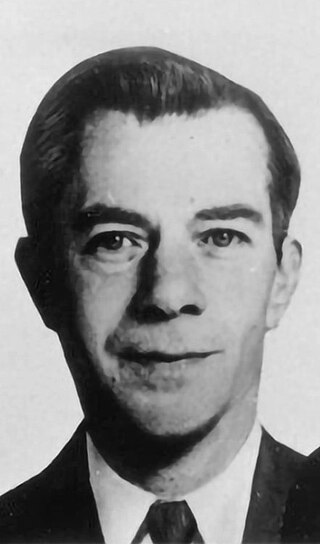
William Francis Sutton Jr. was an American bank robber. During his forty-year robbery career he stole an estimated $2 million, and he eventually spent more than half of his adult life in prison and escaped three times. For his talent at executing robberies in disguises, he gained two nicknames, "Willie the Actor" and "Slick Willie". Sutton is also known as the namesake of the so-called Sutton's law although he denied originating it.
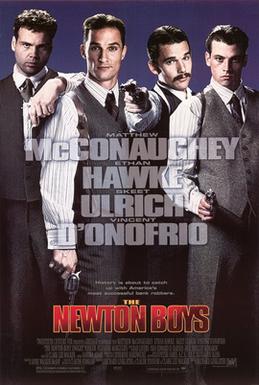
The Newton Boys is a 1998 American Western crime film directed by Richard Linklater, who co-wrote the screenplay with Claude Stanush and Clark Lee Walker. It is based on Stanush's 1994 book of the same name, which tells the true story of the Newton Gang, a family of bank and train robbers from Uvalde, Texas. The film stars Matthew McConaughey, who was actually born in Uvalde, Skeet Ulrich, Ethan Hawke, Vincent D'Onofrio, and Dwight Yoakam. It was filmed throughout Texas including the towns of Bertram, Austin, Bartlett, New Braunfels, and San Antonio.

Me, Myself & Irene is a 2000 American slapstick black comedy film directed by the Farrelly brothers, and starring Jim Carrey and Renée Zellweger. Chris Cooper, Robert Forster, Richard Jenkins, Daniel Greene, Anthony Anderson, Jerod Mixon and Mongo Brownlee co-star. The film is about a Rhode Island state trooper named Charlie who, after years of continuously suppressing his rage and feelings, suffers a psychotic breakdown that results in a second personality, Hank. This was Carrey's first role in a 20th Century Fox film, along with being the Farrelly brothers' second film with Carrey since Dumb and Dumber (1994).

The Friends of Eddie Coyle is a 1973 American neo-noir crime film starring Robert Mitchum and Peter Boyle and directed by Peter Yates. The screenplay by Paul Monash was adapted from the 1970 novel The Friends of Eddie Coyle by George V. Higgins.
This article is about events in organized crime in 1984.
Arnold Ezekiel "Squiggy" Squitieri was an American former acting boss and underboss of the Gambino crime family. He is also known as "Zeke", "Bozey", and "Squitty".

In 1963, the United States FBI, under Director J. Edgar Hoover, continued for a fourteenth year to maintain a public list of the people it regarded as the Ten Most Wanted Fugitives.
Gary Lee Sampson was an American bank robber and later spree killer who killed three people and was sentenced to death by a federal jury in Massachusetts.

David Stanley Jacubanis, surname sometimes spelled Jacobanis, was a Russian-American criminal and former member of the FBI's Ten Most Wanted list as he was placed on the list as number 171.
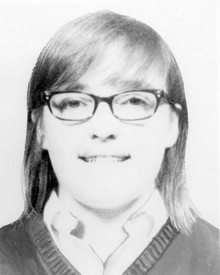
Katherine Ann Power, also known under the aliases Mae Kelly and Alice Louise Metzinger, is an American ex-convict and long-time fugitive, who, along with her fellow student and accomplice Susan Edith Saxe, was placed on the FBI's Most Wanted Fugitives list in 1970. The two participated in robberies at a Massachusetts National Guard armory and a bank in Brighton, Massachusetts, where Boston police officer Walter Schroeder was shot and killed. Power remained at large for twenty-three years.

Thomas Agro, also known as "Tommy A", "T.A.", "Tipp", and "Thomas Ambrosiano", was a New York gangster with the Gambino crime family who ran lucrative bookmaking and gambling operations in Florida.

Albert Frederick Nussbaum was a notorious 1960s-era bank robber and FBI Ten Most Wanted Fugitive. Nussbaum was born in Buffalo, New York. In the late 1950s, Nussbaum was arrested for possessing a Thompson Submachine gun and transporting unregistered weapons across state lines.
Joseph Iannuzzi Jr.,, also known as "Joe Dogs", "Joe Diner" and "Joe Drywall", was a Gambino crime family associate and FBI informant whose cooperation influenced events surrounding the late 1985 assassination of Gambino family boss Paul Castellano and played an indirect, but valuable, role in the 1985 Mafia Commission Trial. Iannuzzi is the author of several books: The Mafia Cookbook, Cooking on the Lam, and his autobiography Joe Dogs: The Life and Crimes of a Mobster. Iannuzzi died September 20, 2015, in Kerrville, Texas, at the Veterans Administrations Medical Center.
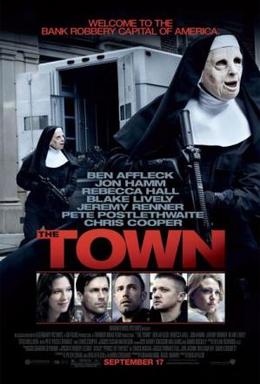
The Town is a 2010 American crime drama film co-written, directed by, and starring Ben Affleck, adapted from Chuck Hogan's 2004 novel Prince of Thieves. It also stars Rebecca Hall, Jon Hamm, Jeremy Renner, Blake Lively, Titus Welliver, Pete Postlethwaite, Chris Cooper and Slaine, and follows a Boston bank robber who begins to develop romantic feelings for a victim of one of his previous robberies, while he and his crew set out to get one final score by robbing Fenway Park.
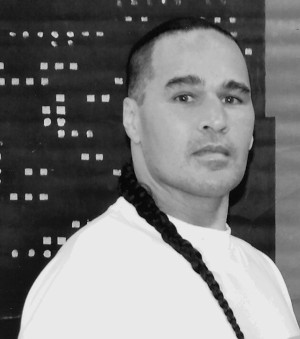
Byron Shane Chubbuck, also known as Robin the Hood or Oso Blanco de Aztlán is a convicted American bank robber and indigenous activist. Starting in 1998, Chubbuck would rob numerous banks until he was captured in August 1999. During his criminal run, he informed bank tellers that the money which he stole would go towards the indigenous Zapatista army in Southern Mexico. After being charged with 13 counts of bank robbery and 1 count of attempted bank robbery, he was imprisoned at Santa Fe County Jail, where he remained until his escape in December 2000.














